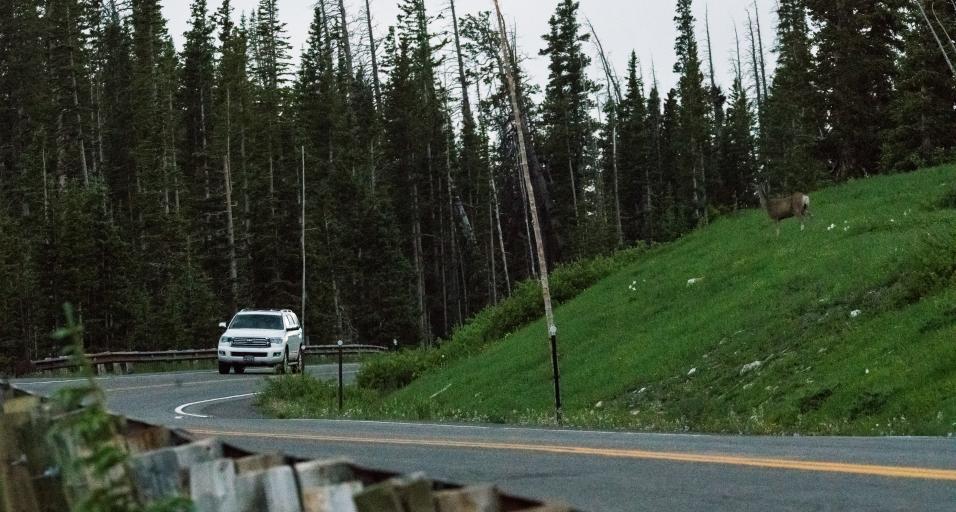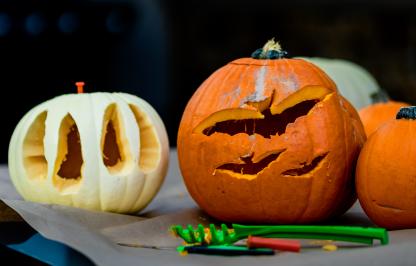Wyoming’s dry summer is drawing more wildlife near roadways to eat green forage. Stay alert while driving and watch for wildlife on the road and right-of-ways.
“With dry conditions across much of the state, Wyoming Game and Fish Department field personnel have noticed a higher volume of injured wildlife calls than in a typical summer,” said Heather O’Brien, wildlife biologist in the Casper region.
O’Brien said when the native summer rangeland for wildlife like moose, elk, deer and pronghorn is in poor condition and dry from drought, big game spend more time in the ditch and barrow pit next to roadways.
“Roadsides are shaped with ditches to drain water from roads. They tend to hold slightly more moisture than the surrounding landscape,” O’Brien said, “Thus, forage is often in better condition along roadways compared to much of the adjacent rangeland, and it typically hasn’t been grazed by livestock.”
Drivers can help wildlife by staying alert and reducing speeds. In some high-use wildlife areas, Game and Fish and the Wyoming Department of Transportation have signs alerting drivers to be more cautious.
“We urge motorists to always be careful whenever they’re out on the roads,” said WYDOT Director K. Luke Reiner. “We also ask motorists to be extra vigilant when they’re traveling in areas prone to more wildlife or in areas where there are natural wildlife migration patterns. We want to remind motorists to slow down, pay attention when driving and be on the lookout for wildlife to help reduce wildlife-vehicle collisions.”
Each year, over 6,000 big game animals like deer, pronghorn, elk, moose, bighorn sheep and mountain goats die each year from collisions with vehicles on Wyoming’s highways and interstates. Game and Fish, WYDOT and Wyoming conservation groups are working to reduce that number through projects to make roads safer for wildlife and people. For more information on efforts to prevent collisions with wildlife, visit Game and Fish Wildlife Crossing webpage.
Stay alert for wildlife on the road this summer
Sara DiRienzo (307-777-4540)



